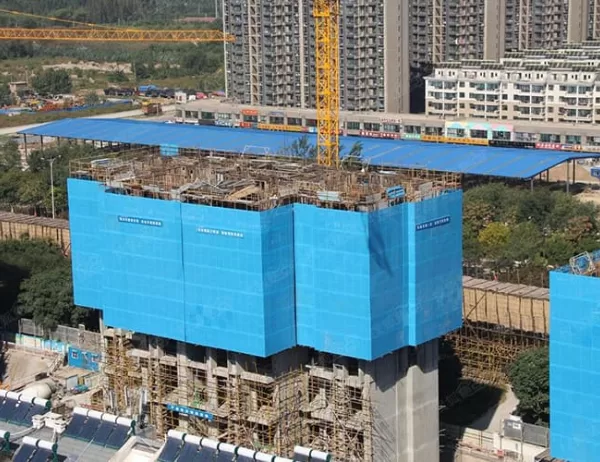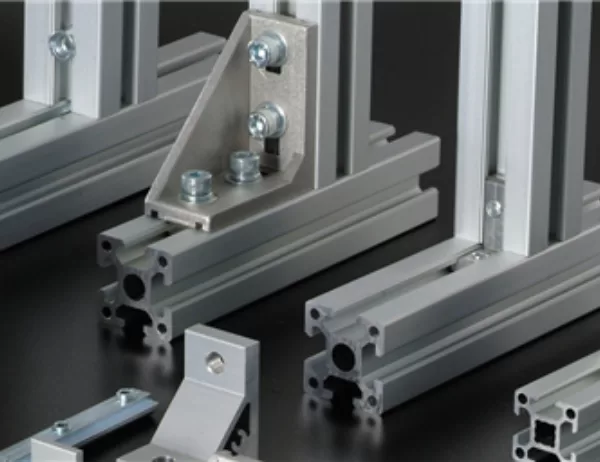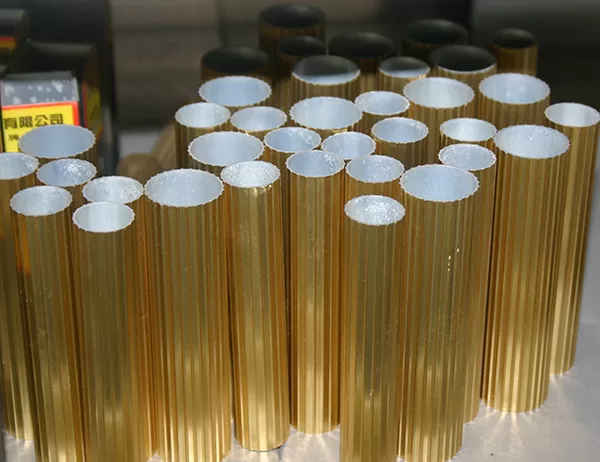Comparing Industrial Aluminum Profiles to Steel and Plastic Alternatives: Unlocking a World of Possibilities
In the realm of industrial construction, choosing the right materials for your projects is crucial for ensuring structural integrity, durability, and overall performance. Among the myriad of options available, aluminum profiles have emerged as a formidable contender, offering an array of advantages over traditional steel and plastic alternatives.
Strength and Durability: A Towering Presence
Industrial aluminum profiles boast exceptional strength-to-weight ratios, rendering them highly resistant to bending and deformation. Unlike steel, aluminum does not rust, making it ideal for applications exposed to harsh environmental conditions. Its high corrosion resistance ensures longevity and minimizes maintenance costs. Compared to plastic, aluminum profiles provide far superior strength and rigidity, enabling them to withstand greater loads and impacts.
Flexibility and Design Versatility: A Sculptor’s Clay
Aluminum profiles excel in their exceptional flexibility, allowing them to be extruded into intricate shapes and custom configurations. This versatility empowers engineers and designers to create innovative solutions that enhance functionality and aesthetics. Unlike steel, which requires complex fabrication processes, aluminum profiles can be easily cut, drilled, and assembled, reducing production time and costs.
Weight Savings: A Feather on the Scale
Compared to steel, aluminum profiles are significantly lighter, leading to reduced transportation costs and assembly times. Plastic alternatives, while lighter than steel, often lack the structural strength necessary for demanding applications. Aluminum profiles strike a perfect balance between lightweight construction and robust performance.
Thermal Conductivity: A Heat Conduit
Aluminum possesses excellent thermal conductivity, enabling it to dissipate heat effectively. This property is particularly advantageous in applications where temperature control is crucial, such as heat exchangers and automotive components. Plastic, on the other hand, exhibits poor thermal conductivity, making it less efficient in dissipating heat.
Sustainability: A Green Oasis
Aluminum profiles are highly recyclable, contributing to environmental sustainability. The manufacturing process is relatively low-carbon, further reducing the impact on the environment. Compared to steel, aluminum production consumes far less energy, making it a more eco-friendly choice.
In conclusion, industrial aluminum profiles offer a compelling combination of strength, flexibility, weight reduction, thermal conductivity, and sustainability. They surpass both steel and plastic alternatives in these critical areas, making them the preferred choice for discerning engineers and architects seeking durability, innovation, and environmental consciousness in their projects.




